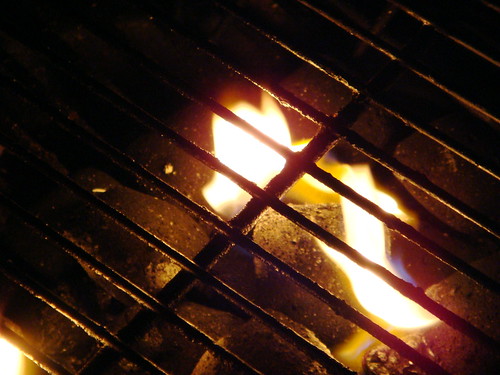The hip is the largest joint in the human body and it attaches
the femur (thigh bone) to the pelvic bones of the torso. This joint which bears
the body’s weight during activities like standing, walking and running can
become painful due to the following conditions:
1. Arthritis
Osteoarthritis is one of the most common causes of pain in
the hip. This type of arthritis develops as a result of the wear and tear of
the cushioning cartilage within the joint. Mild cases of osteoarthritis are
treated by resting the joint and taking non-steroidal anti-inflammatory drugs
(NSAIDS) like ibuprofen and naproxen. Severe cases treated with hip replacement
surgery.
Rheumatoid arthritis and psoriatic arthritis are other types
of arthritis which cause pain in the hip. These conditions are treated with disease
modifying anti-rheumatic drugs (DMARDs) like methotrexate and sulfasalazine.
2. Fractures and
Dislocations
Fractures are common causes of sudden pain in the hip. The
bones of the hip joint can be broken by major trauma from automobile accidents
or they can crack after minimal trauma in persons with conditions like osteoporosis
which weaken the bones. Hip fractures are usually treated surgically by
implanting screws and plates.
Dislocations are relatively rare since the hip is a stable
joint. However, large forces from road traffic accidents and falls from heights
can dislodge the ball of the femur from its socket in the pelvic bone. Hip
dislocations are treated surgically.
3. Inflamed
Tendons
Iliotibial band tendinitis causes hip pain which is felt on
the outside of the joint. This ligament which connects the muscles to the bones
usually becomes inflamed in athletes because of excessive running and stretching.
Iliotibial band tendinitis is treated by applying heat, resting the joint and taking
NSAIDS to reduce the pain and inflammation.
4. Inflamed Bursae
Inflammation of the bursae which are sacs that provide cushioning
between the bones and other structures in the joint also causes hip pain. These
fluid-filled sacs usually become inflamed due to overuse from athletic
activities. Bursitis is treated by taking pain relievers like ibuprofen and
resting the joint.
5. Torn Cartilage
Cartilage tears like labral tears are other causes of pain in
the hip joint of insidious onset. The labrum cartilage surrounds the acetabulum
(hip socket) to secure the head of the femur inside it and stabilize the joint.
It can be torn by trauma from car accidents or it can develop in athletes due
to repetitive movements. Torn labrum can be treated with arthroscopic hip surgery or physiotherapy.
6. Cancer
Cancer is another cause pain in the hip joint. It many cases
it is often advanced cancer which has metastasized from another part of the
body like the breast or prostate. However, cancers can also arise from the bone
and cause pain in the hips. Cancers are treated with radiotherapy and cancer
medications known as chemotherapy.
7. Infections
Infections of the bone like osteomyelitis are common causes
of hip pain in children. Skin infections like herpes (shingles) can also cause
pain that is felt at the hip in persons of all ages. These infections are
treated with analgesics as well as antibiotics and antivirals.
8. Nerve Pain
Though sciatica usually causes pain that radiates down the
leg, it can also cause pain that is felt in the back of the hip joint. This
pain which arises when the sciatic nerve is pinched as it leaves the spinal
cord is treated with NSAIDS and physiotherapy. Inflammation of the lateral
femoral cutaneous nerve is another cause of nerve pain that is felt at the hip.
9. Hernias
Inguinal and femoral hernias can also cause pain that is felt
at the hip joint. Inguinal hernias often develop in pregnant women due to the extra
pressure of the growing uterus on the abdominal wall. Hernias are usually treated
surgically.
10. Avascular Necrosis
Avacsular necrosis of the hip, which is also known as
osteonecrosis, is another relatively common cause of hip joint pain. This condition
which can be caused by fractures and dislocations develops when the blood
supply to the ball or head of the femur is compromised. As a result, the ball
begins to die and its cartilage degenerates. Avascular necrosis of the hip is
treated with bed rest, pain relievers, wearing splints and hip replacement surgery.

.jpg)


![[Philippine Day] BBQ](http://farm4.staticflickr.com/3019/2788219769_0a129c71c6.jpg)



